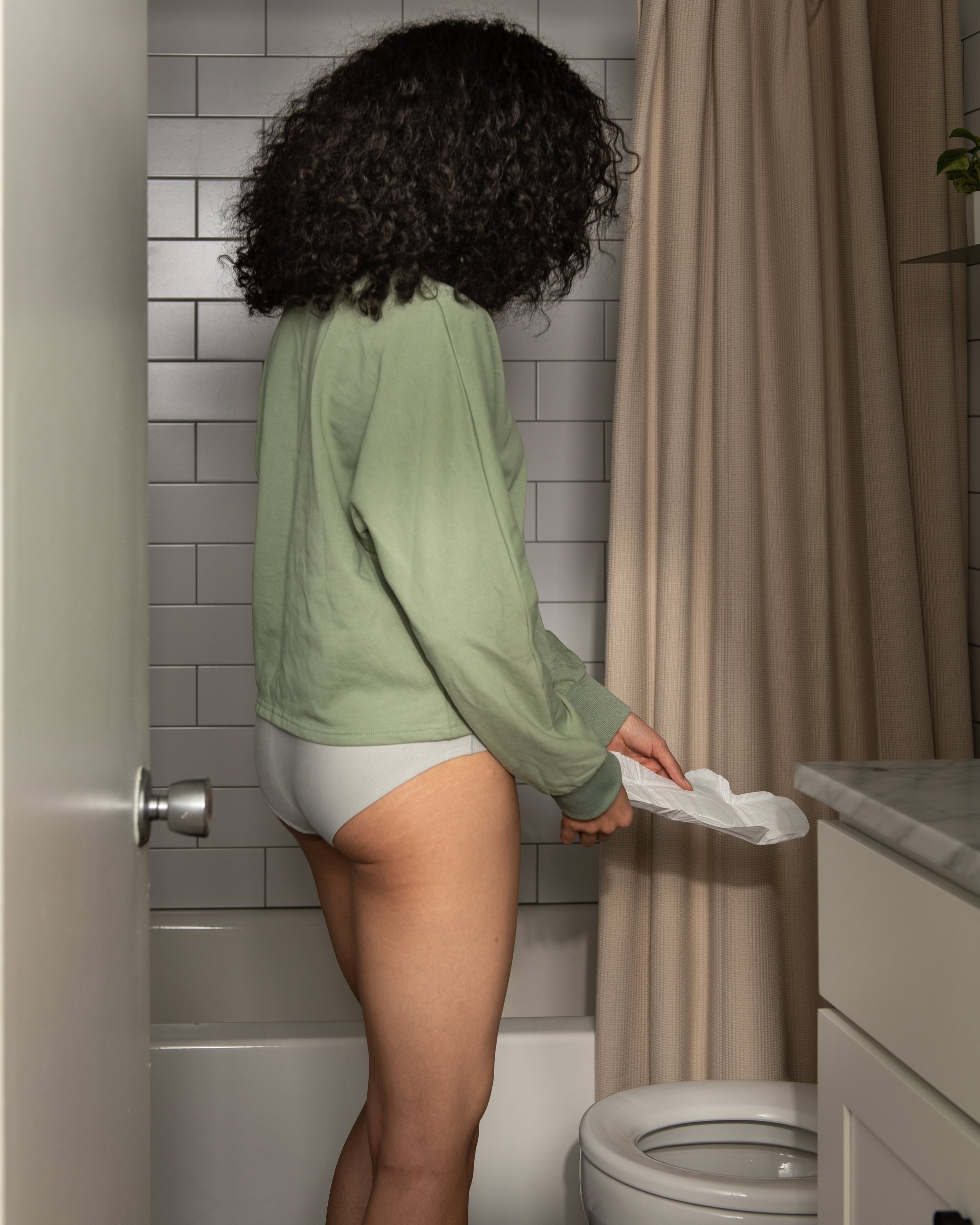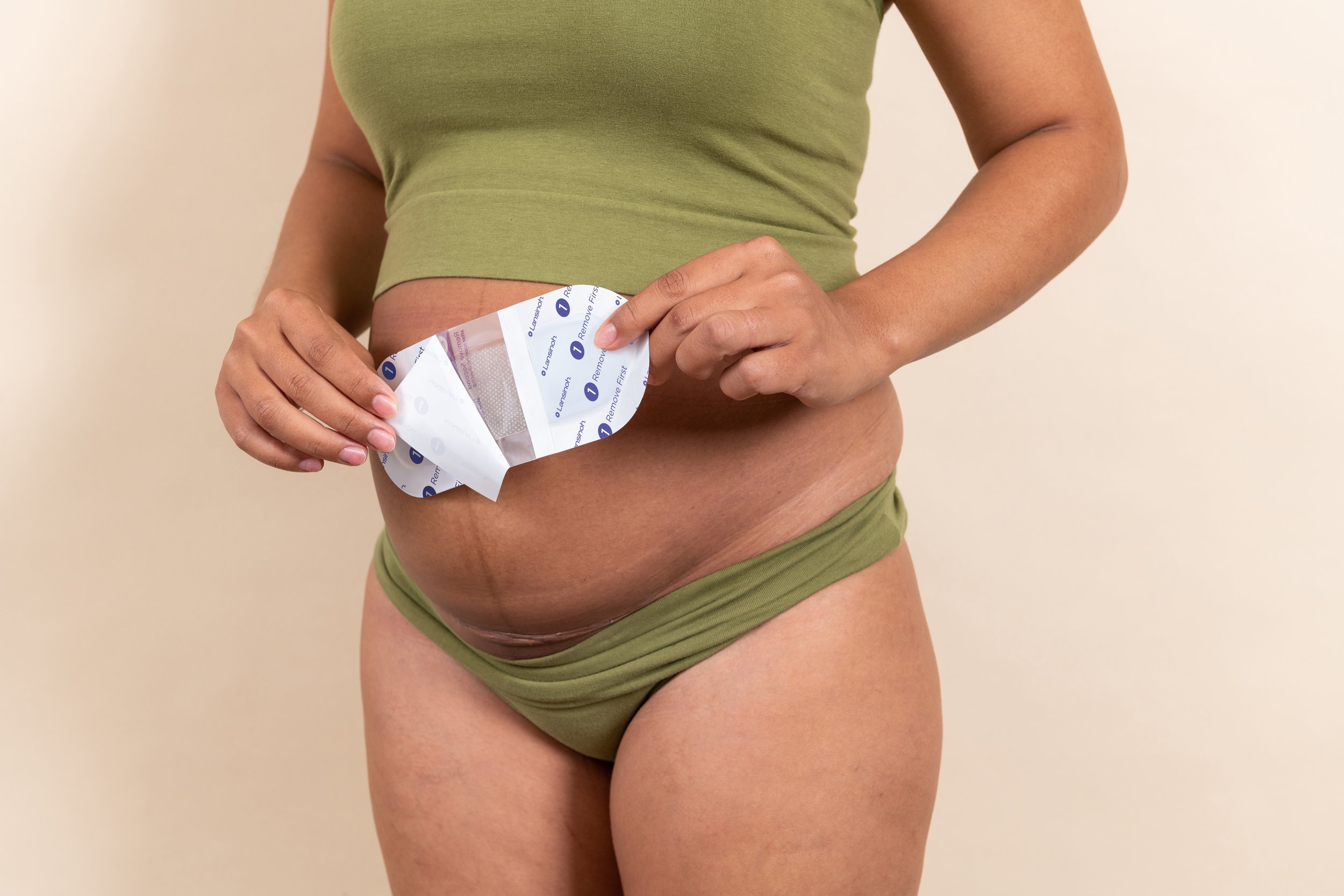Parent Panel: What Is Postpartum Bleeding? By LAnsinoh
Postpartum healing is a process, after a nine-month pregnancy, your body won’t recover overnight. It can take weeks, even months, to heal on the inside and outside.
You probably haven't missed having a period while pregnant, so it's important to prepare for postpartum bleeding. Maternal health brand, Lansinoh give you the run down on what you need to know.
What Is Postpartum Bleeding?
Every new mum will experience some vaginal bleeding, called lochia. It is completely normal, and you’ll bleed whether you have had a vaginal or caesarean birth.
Lochia is an important stage of the recovery process and your body’s way of clearing out the blood, tissue, and mucous that lined your uterus while you were pregnant. It serves a similar purpose as your period, but tends to be a longer process, with heavier discharge.
Postpartum bleeding happens in stages starting with heavy bleeding just after birth lasting up to 10 days. You may notice blood clots too. Then lighter flow and spotting kick in for up to 4 to 6 weeks after birth. The colour of your lochia will start off dark red, like a period, before fading to a pinkish-brown and eventually a creamy white or yellow. You may find that your lochia is heaviest in the morning because the blood collects as you sleep. Exercise, even the act of standing up, also can increase the flow. Breastfeeding may have the same effect because it stimulates the release of the hormone oxytocin, which causes your uterus to contract.
Postpartum bleeding can take new mums by surprise so it’s important to be prepared and understand that its all part of your overall recovery. Every woman’s lochia will be a little different and the length will vary though on average, it lasts about 6 weeks. The best thing to do is monitor your progress, paying attention to how you’re feeling and to how the bleeding is changing with time. If you notice or feel anything that concerns you, it is okay to check with your healthcare provider.
How Should I Manage Postpartum Bleeding?
How Should I Manage Postpartum Bleeding?
Protection is important – you can use a high-absorbency Maternity Pad, or reusable underwear for a washable solution. Avoid tampons and menstrual cups because they can introduce bacteria and lead to infection - nothing should be inserted into the vagina for the first 6 weeks after you give birth. Remember, it’s important to give your body time to heal.
As part of your birth planning process, it is important to have heavy absorbency pads on hand. Bleeding will be heaviest in the first week or two and some mums share that they had to change pads every two hours. It can be a lot in the early stages, so heavy pads are a must.
Even as the bleeding slows, it is important to change your pads regularly so that the area stays clean and dry. This is especially important if you have an episiotomy, tear, or graze. Using a post-birth wash bottle can help soothe this sensitive area too.
When Should I Seek Help?
Postpartum bleeding is part of the healing process, but there are a few things to look out for. For example, bleeding that is redder, heavier, includes large blood clots, fever, or foul-smelling discharge could be a sign of an infection. Call your midwife or GP to get checked out.
Excessive bleeding is called postpartum haemorrhage. This is a potentially life-threatening serious condition that requires immediate medical attention. Most mums will not experience a haemorrhage after giving birth, but if bleeding is very heavy, it’s important to act quickly. According to the Royal College of Obstetricians & Gynaecologists (RCOG), postpartum haemorrhage usually happens within one day of birth but can happen up to 12 weeks afterward.
Symptoms of postpartum haemorrhage include:
Uncontrolled vaginal bleeding that soaks through more than one pad per hour
Passing blood clots larger than a plum
Swelling or pain in your vagina or perineum (the area between your vagina and anus)
If you have vaginal bleeding and any of the symptoms below, this can suggest potentially life-threatening bleeding:
Blurred vision
Fast heart rate
Chills
Nausea
Feeling like you’re going to faint
Postpartum Bleeding: When Should You Seek Help?
If you have any of these symptoms, call your doctor or 999/112 right away.
The risk of postpartum haemorrhage is higher for women who have experienced it with a previous birth, as well as for women who have had a caesarean birth, or who have given birth to multiples. There are also some medical conditions that can increase your risk, and you can ask your healthcare provider whether you have any of these risk factors.
About Lansinoh
For nearly 40 years, new mothers have trusted Lansinoh to support and care for them while they enter the messy magic of motherhood. Born from one mother’s realisation that as they tirelessly care for their babies, parents often go without the support they need and deserve. That’s why Lansinoh proudly stands with mothers all over the world. The brand’s journey started (and continues) with the multi-award winning, healthcare professional recommended HPA Lanolin Nipple Cream (affectionately known as the purple tube!). Today, it offers a comprehensive collection of solutions that help new parents navigate pregnancy, birth, breastfeeding, and pumping.







